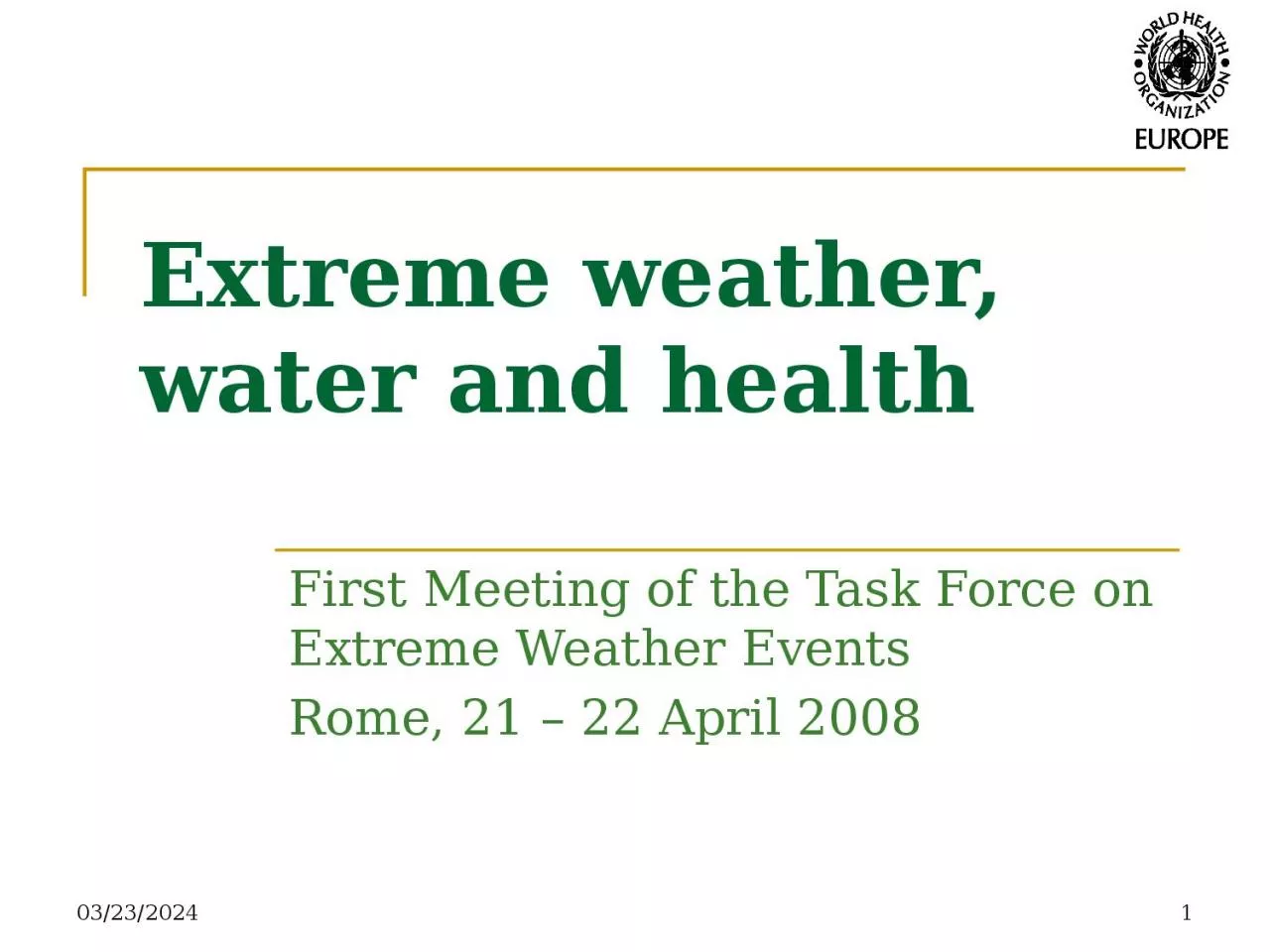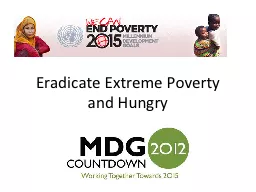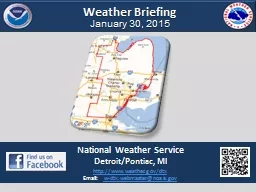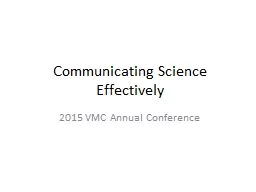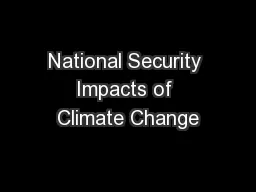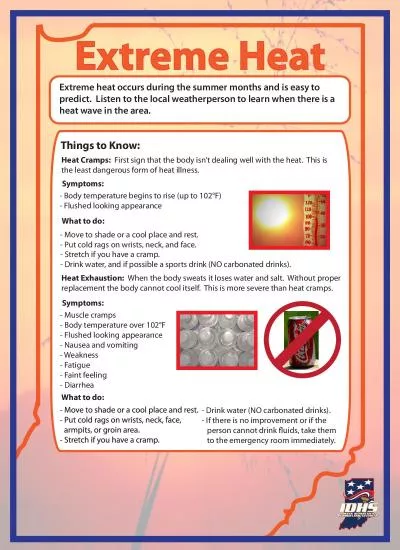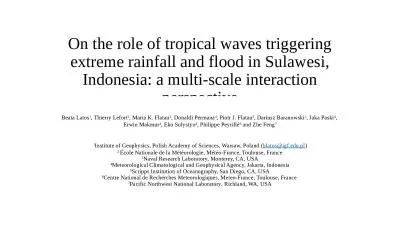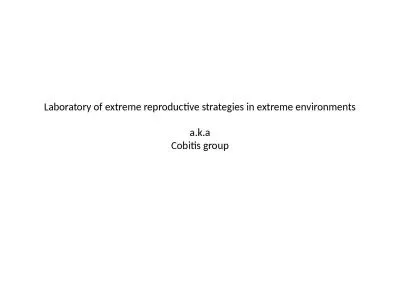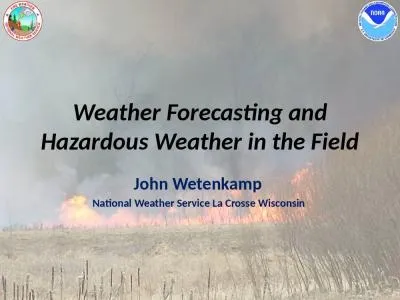PPT-4/21/2008 1 Extreme weather, water and health
Author : tabitha | Published Date : 2023-11-06
First Meeting of the Task Force on Extreme Weather Events Rome 21 22 April 2008 4212008 2 Climate change will affect in profoundly adverse ways some of the most
Presentation Embed Code
Download Presentation
Download Presentation The PPT/PDF document "4/21/2008 1 Extreme weather, water and h..." is the property of its rightful owner. Permission is granted to download and print the materials on this website for personal, non-commercial use only, and to display it on your personal computer provided you do not modify the materials and that you retain all copyright notices contained in the materials. By downloading content from our website, you accept the terms of this agreement.
4/21/2008 1 Extreme weather, water and health: Transcript
Download Rules Of Document
"4/21/2008 1 Extreme weather, water and health"The content belongs to its owner. You may download and print it for personal use, without modification, and keep all copyright notices. By downloading, you agree to these terms.
Related Documents

